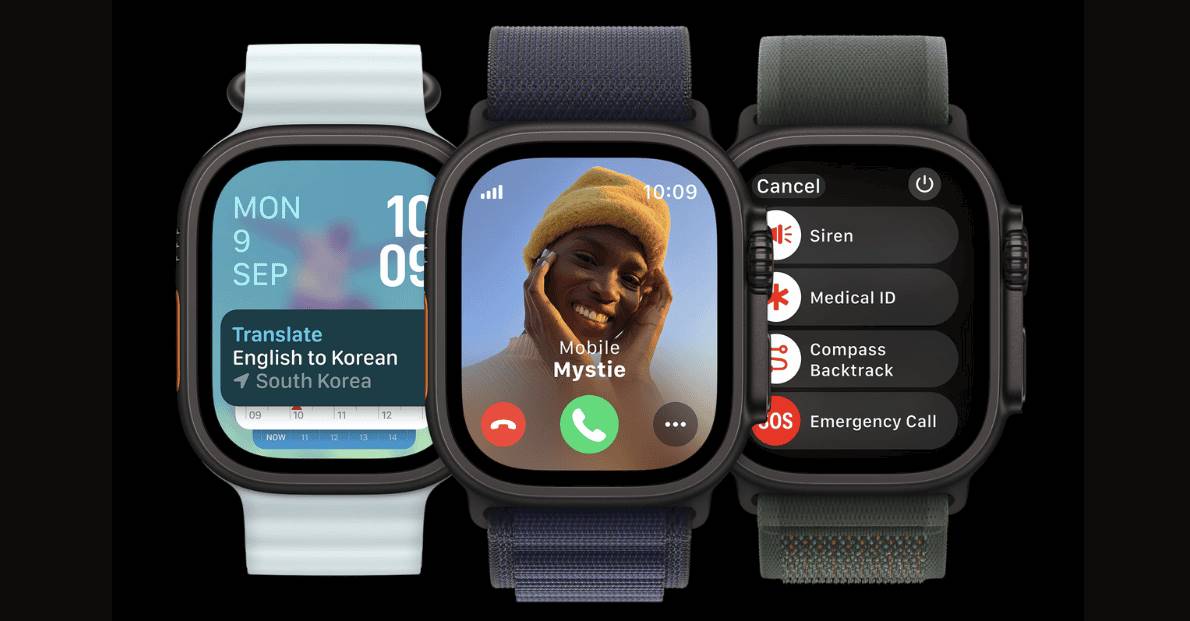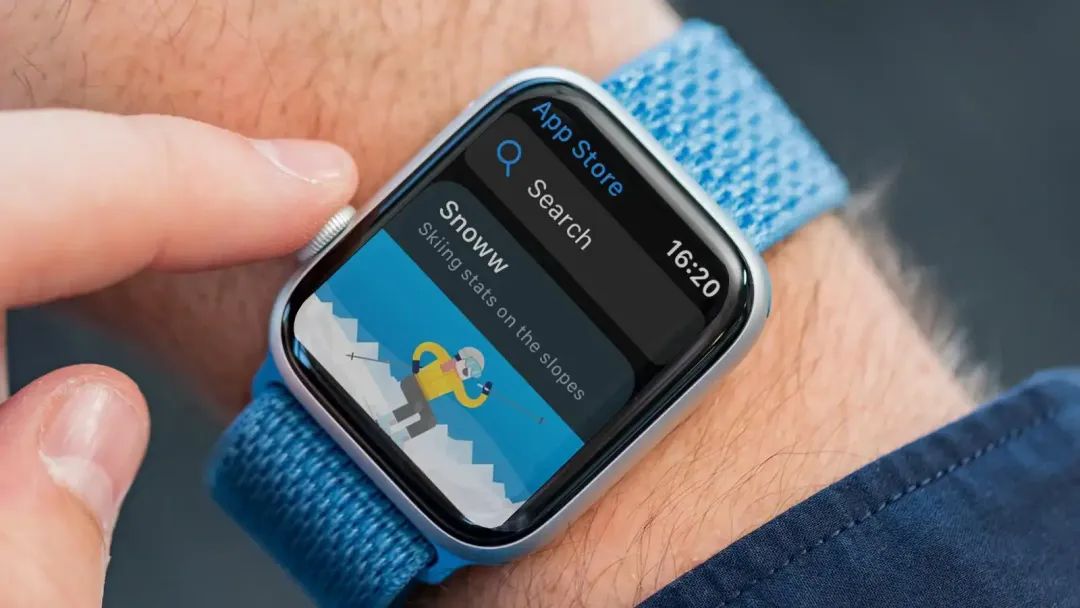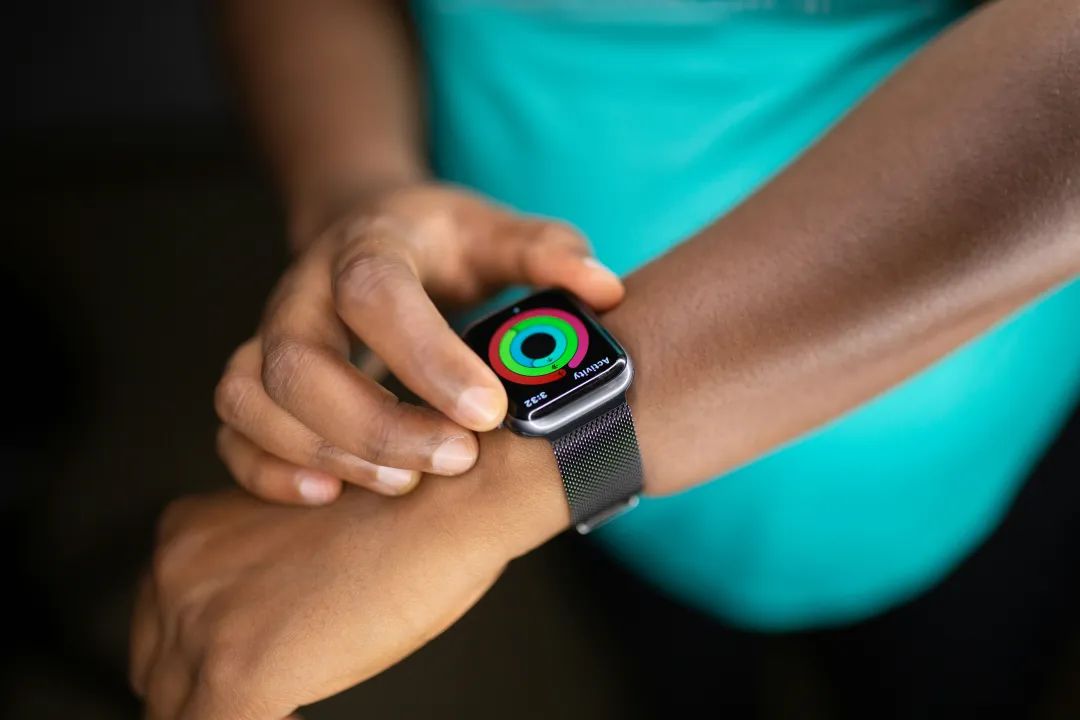The Apple Watch has been very successful, but it has never become "the next iPhone."

The Apple Watch is 10 years old.
On April 24, 2015, the first-generation Apple Watch officially went on sale, marking a new chapter in Apple's history in the "post-Jobs era."
Ten years later, the Apple Watch has long proven its success.
According to data from market research firm IDC, Apple sells over 40 million Apple Watches each year, generating approximately $20 billion in revenue. It is both the world's best-selling smart wearable device and the best-selling "watch" of all time.
However, at its inception, the Apple Watch bore greater ambitions.
From users to developers, there was a time when people believed that the long-term goal of the Apple Watch should be to replicate and surpass the success of the iPhone, becoming "the next big thing."
But now, ten years later, the Apple Watch still cannot operate independently of the iPhone. This smartwatch:
remains just an "accessory."
Behind the intertwined successes and failures, the Apple Watch has left a lesson for the entire consumer electronics and even the broader tech industry.
01
The Ideal of the "Future Watch"
When the Apple Watch was announced in the fall of 2014, it was highly anticipated. It was the last device developed before Steve Jobs' death and the first entirely new product launched by Apple after his passing.
Its extraordinary significance is reflected in many aspects. At the time, Apple delayed the release by six months to maintain strict confidentiality and prevent supply chain leaks, similar to the secrecy surrounding the original iPhone.
The launch event was held at the "Flint Center," the same venue where Jobs unveiled the first-generation Macintosh and the original iMac, making it symbolically significant for Apple. Apple built an extravagant hands-on experience area outside the event venue. Years later, Apple employees recalled that the cost of that display area alone reached $25 million.
The Apple Watch is not only significant for Apple; in fact, since watches became popular as a commodity, the imagination of future watches has never ceased. This can be traced back to an era before computers and mobile phones existed. Since the 1930s, science fiction novels and comics have depicted "high-tech watches" capable of making phone calls, watching television, sending faxes, and translating alien languages. Later, the laser-emitting watches worn by 007 agents and Conan's anesthetic watch were part of these imaginations.
This is also why, after the launch of the Apple Watch, Apple adopted many development ideas similar to those of the iPhone, attempting to turn the Apple Watch into a "iPhone on your wrist."
In the first-generation Apple Watch, "communication" was one of the highest priority features. Apple developed a dedicated communication system for it, setting up a physical button to call up a friend list. Users could not only send text messages and make calls but also send doodles and heartbeats to friends. However, these features did not achieve significant success and were later downgraded to a "sub-feature" of iMessage.
Subsequently, Apple launched the App Store on watchOS, hoping to enrich the Apple Watch's functional experience through a third-party application ecosystem. However, most watchOS apps were merely "extensions" of their mobile counterparts, mostly capable of performing simple functions, such as quick replies on WeChat and retrieving payment codes on Alipay, lacking the completeness to compare with iPhone apps.

The Apple Watch App Store has been launched for many years but has not achieved success comparable to that of the iPhone|MacWorld
To this day, watchOS has been updated to its 11th major version, yet there has not been a single truly "hit" app. Most users of the Apple Watch still spend the vast majority of their time using Apple's official applications and features.
Apple has attempted to design a new interaction paradigm for the Apple Watch. This is something Apple excels at; from the Mac's mouse, the iPod's ClickWheel, to the iPhone's multi-touch, every new product Apple launches brings about an interaction revolution. However, on the Apple Watch, Apple's carefully designed "digital crown" and Force Touch pressure-sensitive touch features did not achieve significant success.
Voice interaction is the same; Siri should have played a larger role on the Apple Watch, but whether during the wave of voice assistants around 2016 or the current boom in large model AI, the Apple Watch has not demonstrated its advantages in voice interaction. In the past year, there has been no news of any Apple Watch being equipped with AI features.
In the end, the success of the Apple Watch is more about its success as a "sensor." From the initial fitness and heart rate monitoring to later blood oxygen and sleep monitoring, Apple has made fitness and health the most important core functions of the Apple Watch.
In 2022, Apple launched the Apple Watch Ultra, continuing to delve into the "outdoor sports" vertical.
This year, on the 10th anniversary of the Apple Watch's launch, Apple announced the establishment of "Global Close Your Rings Day" on April 24, the anniversary of the Apple Watch's sale, encouraging users to exercise and meet their fitness goals.
On the 24th, Apple distributed a batch of physical badges to users at Apple Stores worldwide as a commemoration.
02
The Apple Watch That Cannot Become a "Necessity"
Looking back at the ten years of the Apple Watch, it may not have transformed people's lives like science fiction works, nor has it reached the heights of the iPhone, but it is undoubtedly successful.
Over the past decade, Apple has sold more than 300 million Apple Watches. Together with AirPods and other home devices, the "accessory" business segment, where the Apple Watch resides, contributes approximately $40 billion in revenue to Apple each year, surpassing the iPad and Mac businesses, making it the third-largest business segment after the iPhone and software services.
Analyzing the success of the Apple Watch, its most critical success factor lies in the penetration of its core functions.
Just like Apple's establishment of "Close Your Rings Day" on April 24, this design has been in place since the inception of the Apple Watch and has continued for ten years. The goals of standing 12 times a day, exercising for 30 minutes, and burning a certain number of calories may seem simple, but when users truly persist in achieving them over the long term, these incremental accumulations can translate into strong positive feedback. Many long-time Apple Watch users have achieved thousands of days of closed rings through this feature, and the accumulated exercise has brought tangible health benefits to users.
Around 2020, some health insurance companies in the United States began offering Apple Watches to customers for free, encouraging users to exercise more and maintain their health. This aligns with the interests of insurance companies and the health pursuits of users. Subsequent surveys showed that users who received and used the Apple Watch increased their exercise levels by an average of about 50%.
In addition, features such as heart rate and sleep monitoring, Apple Pay transit cards, smart lock keys, and car keys may not have become universally essential functions, but each has its own loyal user base. The Apple Watch has certainly not become a "necessity" like smartphones, but it has still built a considerable functional ecosystem, attracting a large number of users.
In 2020, according to data from market research firm Strategy Analytics, Apple Watch sales had already surpassed the entire Swiss watch industry.

One of the core functions of the Apple Watch today is the "Activity Rings"|Unsplash
In addition to defeating traditional watches, the Apple Watch has also maintained an absolute lead in the entire smart wearable device market. These products do not have significant differences in technology and product; many wristband products can achieve similar functions at just 1/10 of the price. Yet the Apple Watch remains the first choice for most users, especially iPhone users.
An undeniable factor is that for most people, a watch is not just a functional product but also a "decorative item" that reflects identity, personality, and self-identity.
From its initial release, the Apple Watch has differentiated into a vast product matrix. Initially, Apple even launched an 18K gold watch priced at 120,000 RMB. Later, Apple gradually adopted various materials such as aluminum, stainless steel, ceramic, and titanium alloy to create different styles of Apple Watches for users to choose from. The bands also come in dozens of different materials, designs, and colors, suitable for various occasions.
All these cases and bands boast top-notch craftsmanship. Industrial design is also a capability that Apple has honed to perfection over the past 20 years, gaining widespread recognition from users. This is an important success factor for the Apple Watch that is often overlooked.
To this day, the Apple Watch remains the most "diverse" product line in Apple's offerings. From the basic aluminum models to the Hermès co-branded versions, different versions of the watch have similar functional configurations but offer a wide variety of appearances, with prices ranging from 2,999 to 15,699 RMB, creating a significant gap.
However, unlike the iPhone, which quickly swept away the entire traditional mobile phone industry and relegated Nokia to history, the Apple Watch has not ignited a fierce revolution. The watch as a product form has a long and unshakeable history. Traditional mechanical and quartz watches have not exited the market, and luxury watch brands, including Rolex, even show signs of revival.
Even in the smartwatch sector, the Apple Watch has not achieved complete dominance. Brands like Garmin have cultivated differentiated niche markets and achieved good sales results.
This is not a "winner-takes-all" game.
03
Ten Years Later, What Next?
As the Apple Watch approaches its tenth anniversary, Apple's level of attention towards it seems to be waning.
Although the Apple Watch maintains the same update rhythm as the iPhone, releasing new models every fall, it has adopted a relatively more conservative strategy in terms of functional and design iterations. Unlike the early iPhone, which introduced at least one key new feature almost every year and launched a completely new design every 2-3 years, the Apple Watch has not followed this pattern.
Apple is still investing in technology to further enhance the Apple Watch's features. According to leaks, Apple is developing technologies for blood pressure and blood glucose monitoring, with the blood pressure monitoring feature potentially launching as early as this year.
However, the development priority of the Apple Watch within Apple has clearly stepped back. Not only is the time allocated for each hardware and software update becoming shorter, but Apple is also excluding the Apple Watch from some key product strategies, particularly Apple Intelligence.
In the past year, the latest iPhone, iPad, and Mac products have all been confirmed to support Apple Intelligence features. However, the Apple Watch is limited by chip performance and Apple's large model technology architecture, making it unable to support AI functionalities.
A major trend in the current AI hardware development field includes creating lightweight small hardware that utilizes voice interaction to access cloud computing power, providing AI capabilities and functions. Of course, this trend is not necessarily the correct path, but for the Apple Watch to achieve an upward leap after its tenth anniversary, it still needs to undergo some "self-revolution."

The new translation feature in watchOS 11 cannot yet leverage large model capabilities|Apple
In the past three years, due to a lack of substantial functional updates, Apple Watch sales have been declining year after year. This is reflected in the financial reports, where the entire "wearable accessories" business segment is projected to see a 5.1% revenue decline in 2024 compared to 2023, and an 11% decrease from the peak period in 2022.
From today's perspective, the Apple Watch seems almost destined not to become "the next iPhone." However, it is far from being a definitive conclusion; the iPhone may have taken less than ten years to become what it is today, while watches belong to a much longer history spanning over a century.
Wristwatches were invented nearly 200 years ago and have continued to this day.
This history will continue to be written by the Apple Watch.
免责声明:本文章仅代表作者个人观点,不代表本平台的立场和观点。本文章仅供信息分享,不构成对任何人的任何投资建议。用户与作者之间的任何争议,与本平台无关。如网页中刊载的文章或图片涉及侵权,请提供相关的权利证明和身份证明发送邮件到support@aicoin.com,本平台相关工作人员将会进行核查。




